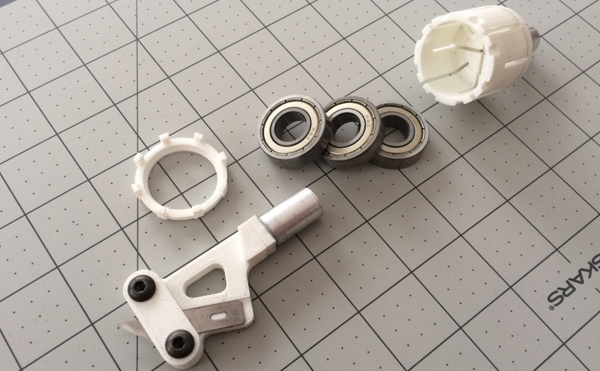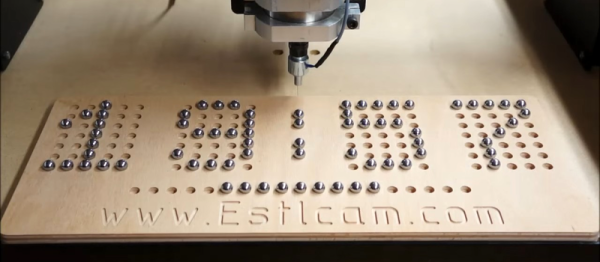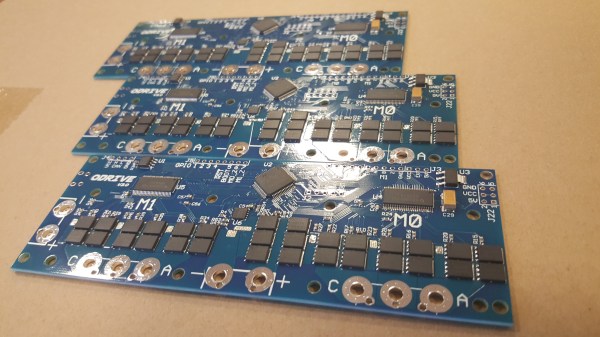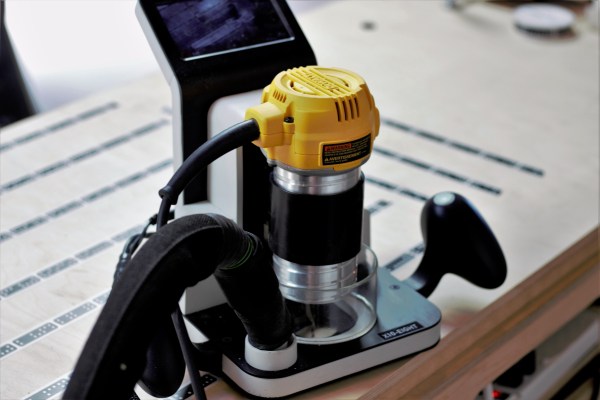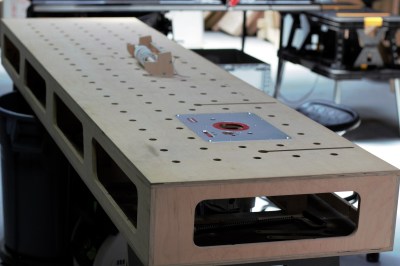It’s been nearly four years since we covered [Thiago]’s OpenPLC project. He never stopped working on it, and now it’s in a highly polished state.
If you read our initial coverage of this project, it would be easy to assume that he just wanted to control some halloween decorations. He is actually a PhD student at the University of Alabama in Huntsville. His research topic is SCADA (aka Industrial Control Systems) cyber security. His goal was to find vulnerabilities in PLCs and, hopefully, fix them. However, no PLC manufacturer releases their source code, and he was having trouble getting a deep understanding of something so closed.
So, since no one was going to open their code and hardware for him he simply made his own. OpenPLC can be programmed in all 5 IEC 61131-3 languages: ST, IL, LADDER, FBD and SFC. On top of that, it lowers the barrier of entry to developing this kind of industrial hardware by being compatible with all the favorites Arduino, Raspberry Pi, Windows, Linux, etc.
“The OpenPLC is the first fully functional standardized open source PLC. We believe that opening the black-box of a PLC will create opportunities for people to study its concepts, create new technologies and share resources.”


